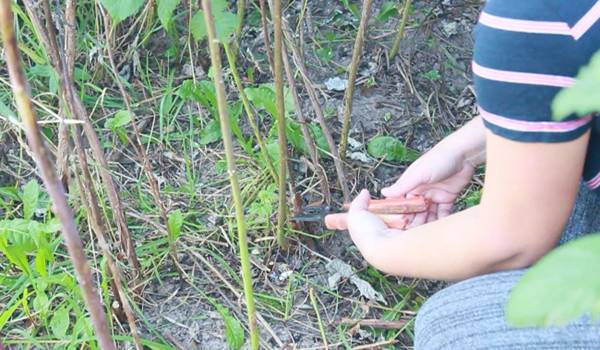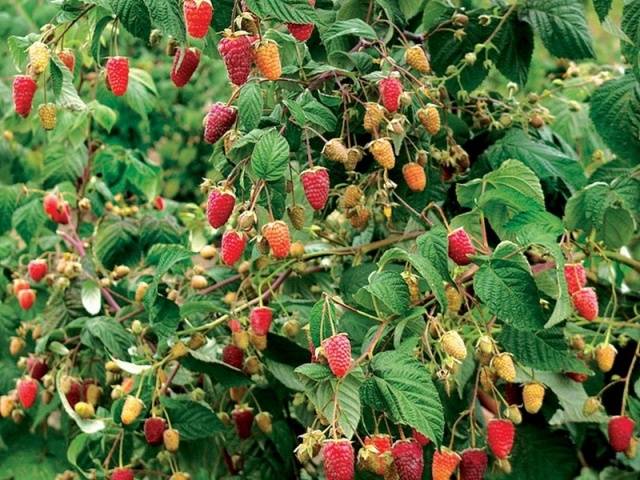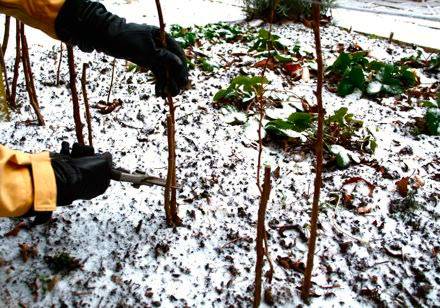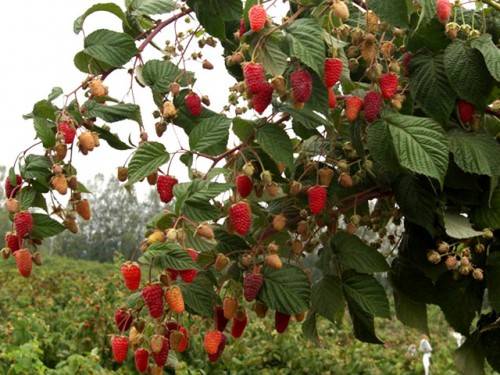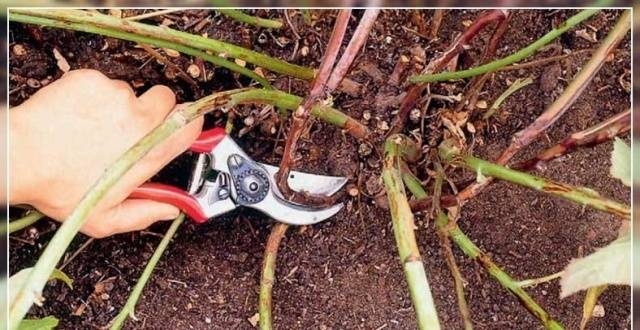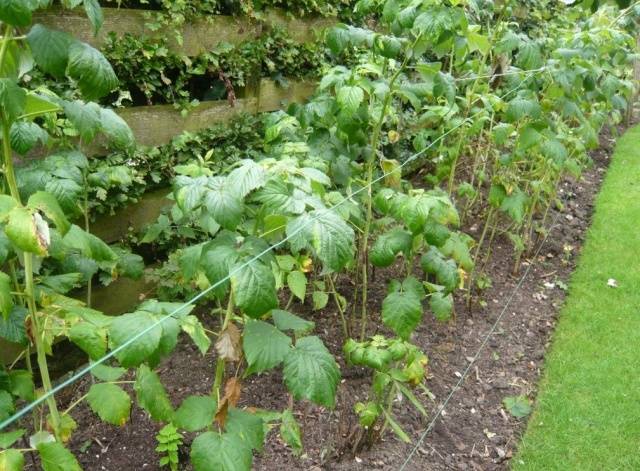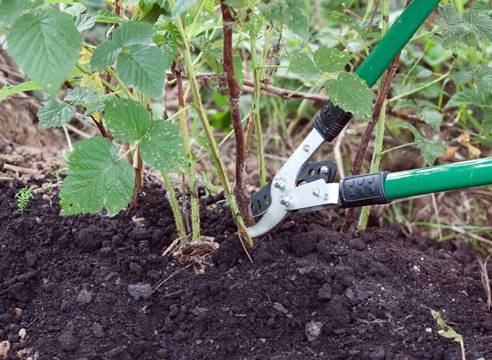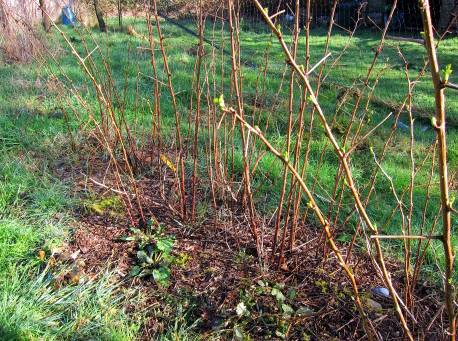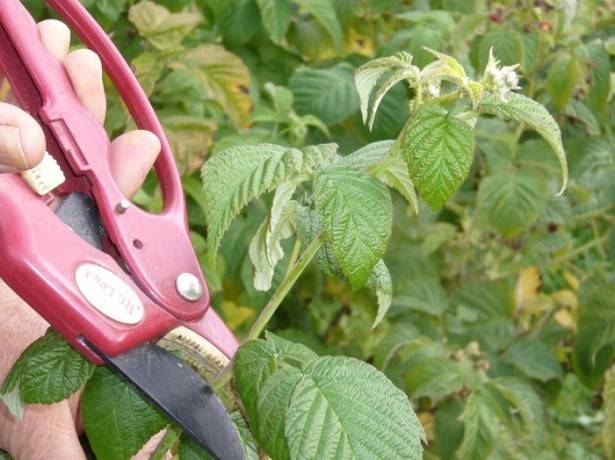Content
Though remontant raspberry appeared in Russia a long time ago, more than 30 years ago, disputes and discussions around it do not subside. Every gardener tries to find his own approach to growing this crop, and this is no accident. Indeed, with an abundance of modern varieties, their characteristics can vary greatly. In addition, the climatic conditions of Russia are full of such a variety that each region can be characterized by its own characteristics of growing raspberries, and this will be correct. Professionals who have already studied all the features of this raspberry up and down, and even then they can not always come to a consensus about its cultivation.
For beginners, one of the most pressing questions is: "How to cut remontant raspberries?" This question is really one of the most important and defining ones associated with caring for a beauty repairing woman. After all, it is on pruning that its fruiting depends and here nothing can be left to chance. Therefore, it is necessary to consider all the possible options and subtleties associated with this process.
Although reproduction is usually understood as continuous fruiting, in the case of raspberries, this is not quite the case.
Of course, flowers and ovaries appear relatively late, in most varieties closer to September, although among the recently developed varieties of remontant raspberries there are those that begin to bear fruit already from the beginning of August. Not all ovaries have time to ripen, since in many regions of Russia September is the month of the first frosts. And although the bushes of remontant raspberries are characterized by sufficient cold resistance, the full harvest from these varieties can be obtained only in the south.
If nothing is done with raspberry shoots in the fall after frost, then they will go away before winter. But in the spring, with the onset of real heat, they will again grow, and in the summer they will begin to produce a harvest of berries, like on ordinary raspberries. But simultaneously with them, in the spring, new annual shoots will begin to crawl out of the dormant underground buds, which by autumn will also be able to give some part of the harvest, like last year.
Everything would be fine, but in practice it was noticed that in most regions of Russia such a scheme for growing remontant raspberries does not work. Since the first harvest is on two-year-old, overwintered shoots, the berries are of low quality. In addition, it takes away the strength from the bush, and the second, later harvest is even more delayed, which already makes absolutely no sense for the northern regions.
Therefore, agronomists have developed another, the so-called one-year technology for the cultivation of remontant raspberries:
- In the autumn after fruiting, absolutely all the shoots of this raspberry are cut at the root. There is no need to leave stumps of any height. All shoots with fallen leaves, unripe berries are raked up and carried away from the site. This pruning can be done even after the topsoil freezes and the first snow falls. After all, all this time, nutrients will come to the roots from the aerial part, and this will allow the raspberries to start well in the next season.
- In the spring, new annual shoots appear from the ground, which over the summer are gaining enough strength to give a good powerful berry harvest in early autumn.
- In the fall, after frosts, the above-described pruning is again carried out on remontant raspberries.
- As a result, instead of two harvests, only one is obtained, but it is of very good quality even in the season when the usual raspberries are gone for a long time.
This method has several other advantages that are important for beginner gardeners:
- With the complete pruning of all shoots for the winter, the problem of winter hardiness and shelter of raspberry bushes is eliminated.
- Together with the cut off shoots, all possible carriers of infections and pests are removed from the site. Therefore, remontant raspberries do not need protective treatments with insecticides.
Features of pruning when getting two crops
Russia is a huge country, therefore, in some part of its territory, it may well be a feasible way to grow remontant raspberries, when two harvests per season are obtained from it. In the southern regions, it is probably not worth neglecting the second harvest, since in most cases it can mature completely. Do I need to cut remontant raspberries in this case and how to do it?
To get two harvests, raspberries are not cut at all in the fall. With the onset of spring, it is necessary to cut out all dry, substandard and thin shoots, leaving only 4-6 powerful branches. Somewhere in May - early June, when new annual shoots grow to a height of one meter, they need to be shortened by about half.
Depending on the variety and its characteristics, you can additionally cut out several young shoots at this time, if they thicken the bush. Although usually remontant varieties of raspberries are distinguished by a low shoot-forming ability.
Two-year-old shoots, immediately after the end of fruiting in July, should be immediately cut at ground level so that they do not take away food from the new shoots.
Another option for pruning remontant raspberries to get two harvests, you can watch the video:
Pruning features: autumn or spring
As you can see, to the question: "How to properly cut remontant raspberries?" no, and there can be no single answer. It all strongly depends on the climatic conditions of the region where raspberries are grown. And even if you chose to grow remontant raspberries with one, but a good harvest in early autumn, then not everything is as simple as you would like.
What are these conditions?
Obviously, for regions with mild winters, there is little point in autumn pruning, since even after the plants have borne fruit, they will be able to develop for a long time under favorable conditions, accumulating nutrients for future use. Moreover, if you cut the raspberries in the fall, and frosts do not come in the next month and a half, then the underground buds on the rhizome may germinate prematurely. And with the onset of frost, they will freeze, and the next year's harvest will be significantly reduced. Spring pruning can prevent all of these problems.
Oddly enough, the transfer of pruning remontant raspberries in the spring is preferable for areas with severe and little snowy winters. At the same time, not removed raspberry shoots can contribute to better snow retention. Moreover, according to the observations of experienced gardeners, the farther north the region, the greater the productivity of raspberries is noted when pruning is carried out precisely in the early spring.
There is also an option to wait until the buds begin to bloom and only then carry out a complete pruning of the shoots. This makes sense, since at this moment the bushes will be able to replenish their supply of growth substances, which are formed only in the opening leaves.Therefore, after pruning raspberries at this particular time, the plant is able to quickly wake up and grow, which is especially important for the northern regions.
All work is carried out in absolutely the same way as in the autumn pruning, only in the spring.
Varietal features of raspberries
It seems that the answer to the question of how to cut raspberries has been received, but it turns out that remontant raspberries can still present many surprises.
The fact is that there are so-called semi-renovated raspberry varieties.
They can be attributed rather to common raspberry varieties with some signs of remontance. They differ in that they can give a second crop, but only at the very tops of the shoots. While true remontant varieties form ovaries along most of the shoots. If you cut them in the fall below ground level, then you will lose both the summer harvest and the autumn harvest will be postponed to a later date. These varieties need to be looked after in a completely different way.
In the fall, it is necessary to cut off only the upper part of the shoot, which was loaded with berries. In the spring, as usual, the bush is normalized - that is, all the extra shoots that can thicken the raspberry bush are cut off. In summer, on the shoots left over from winter, these varieties of raspberries will give a good harvest. Immediately after the end of fruiting, two-year-old shoots are cut off. These varieties do not require any more pruning.
Of course, pruning remontant raspberries is not the easiest thing, but having familiarized yourself with all the nuances of this process, you can maintain your plantings in perfect condition and enjoy delicious and juicy berries.
